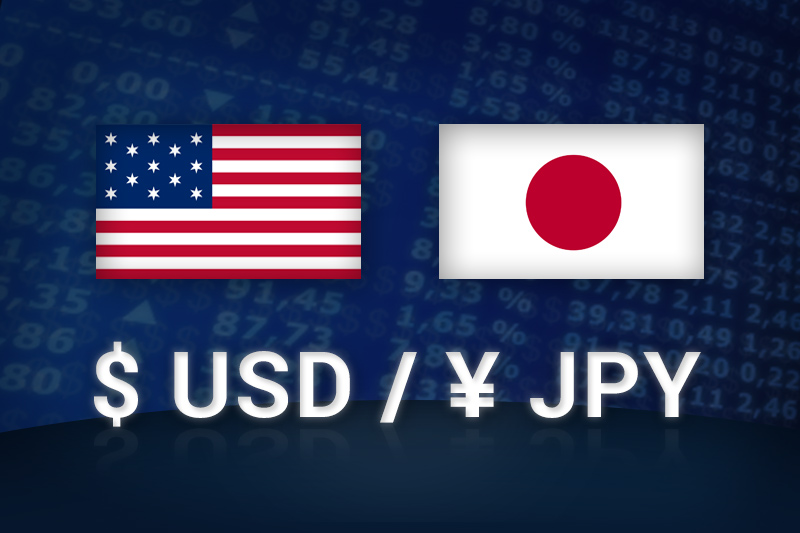Investing.com - The U.S. dollar was steady against the yen on Monday, as market participants looked ahead to the Bank of Japan’s policy meeting on Tuesday, amid expectations for further easing steps by the central bank.
USD/JPY hit 79.55 during late Asian trade, the session low; the pair subsequently consolidated at 79.56, dipping 0.08%.
The pair was likely to find support at 79.20, the low of October 22 and resistance at 79.74, the session high.
The BoJ was widely expected to implement further monetary easing measures and reiterate its commitment to continue easing until its 1% annual inflation target is met.
Earlier Monday, official data showed that Japanese retail sales rose 0.4% in September compared to the same month last year, after a revised 1.7% rise in August. Economist had predicted a 1.0% increase.
Meanwhile, doubts over the U.S. economic recovery persisted in spite of Friday’s better-than-expected data on U.S. third quarter growth.
The U.S. economy grew by 2% in the three months to September, on the back of stronger consumer spending, after expanding by 1.3% in the preceding quarter. Economists had predicted growth of 1.9%.
Trading activity was expected to remain thin on Monday, as a result of the first market-wide, unscheduled closure since September 2001 as Hurricane Sandy approached the northeastern U.S.
The yen was higher against the euro, with EUR/JPY down 0.44% to 102.58.
The single currency remained under pressure as investors continued to await any indication that Spain is preparing to request a bailout from its euro zone partners, which would activate a bond buying program by the European Central Bank.
Meanwhile, doubts over whether Greece can meet austerity targets demanded by the troika mounted after the country’s opposition leader said his party would vote against an austerity package expected to go before parliament later this week.
USD/JPY hit 79.55 during late Asian trade, the session low; the pair subsequently consolidated at 79.56, dipping 0.08%.
The pair was likely to find support at 79.20, the low of October 22 and resistance at 79.74, the session high.
The BoJ was widely expected to implement further monetary easing measures and reiterate its commitment to continue easing until its 1% annual inflation target is met.
Earlier Monday, official data showed that Japanese retail sales rose 0.4% in September compared to the same month last year, after a revised 1.7% rise in August. Economist had predicted a 1.0% increase.
Meanwhile, doubts over the U.S. economic recovery persisted in spite of Friday’s better-than-expected data on U.S. third quarter growth.
The U.S. economy grew by 2% in the three months to September, on the back of stronger consumer spending, after expanding by 1.3% in the preceding quarter. Economists had predicted growth of 1.9%.
Trading activity was expected to remain thin on Monday, as a result of the first market-wide, unscheduled closure since September 2001 as Hurricane Sandy approached the northeastern U.S.
The yen was higher against the euro, with EUR/JPY down 0.44% to 102.58.
The single currency remained under pressure as investors continued to await any indication that Spain is preparing to request a bailout from its euro zone partners, which would activate a bond buying program by the European Central Bank.
Meanwhile, doubts over whether Greece can meet austerity targets demanded by the troika mounted after the country’s opposition leader said his party would vote against an austerity package expected to go before parliament later this week.
